New prairie/savannah planting on hillside
linrose
16 years ago
Related Stories

FRONT YARD IDEASBefore and After: Front Lawn to Prairie Garden
How they did it: Homeowners create a plan, stick to it and keep the neighbors (and wildlife) in mind
Full Story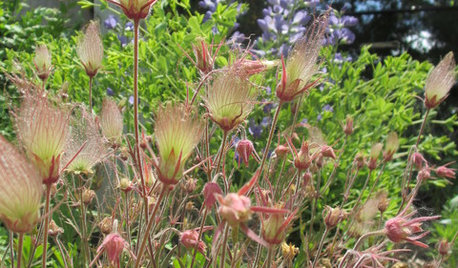
GARDENING GUIDESGreat Design Plant: Geum Triflorum
Nodding red blooms, glittery effervescent seed heads and a tough-as-nails constitution make prairie smoke a winning ground cover
Full Story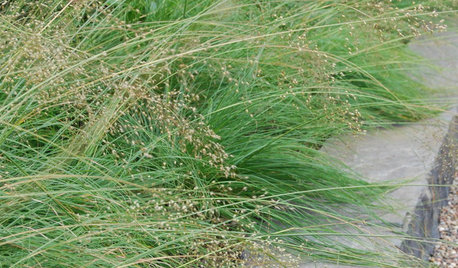
GARDENING GUIDESGreat Design Plant: Sporobolus Heterolepis
Prairie dropseed is one of the most elegant native grasses that’s slowly vanishing from the wild
Full Story
GARDENING GUIDESInvite Mining Bees to Your Garden by Planting Their Favorite Plants
Look for mining bees (Andrena) pollinating woodland wildflowers in U.S. gardens this spring
Full Story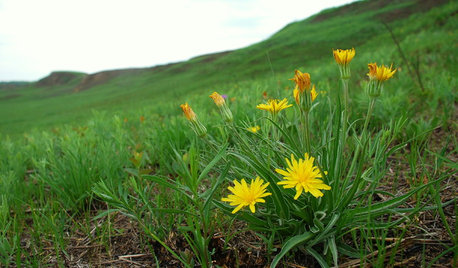
GARDENING GUIDESNothocalais Cuspidata Isn’t That Kind of Dandelion
This native dandelion for spring pollinators thrives in tough conditions in central U.S. prairies
Full Story
GARDENING GUIDESGreat Design Plant: Wild Lupine Dresses Up Rocky Gardens
Spiky blue flowers and a high tolerance for poor soil make this plant ideal for tough sites
Full Story
GARDENING GUIDESGreat Design Plant: Silphium Perfoliatum Pleases Wildlife
Cup plant provides structure, cover, food and water to help attract and sustain wildlife in the eastern North American garden
Full Story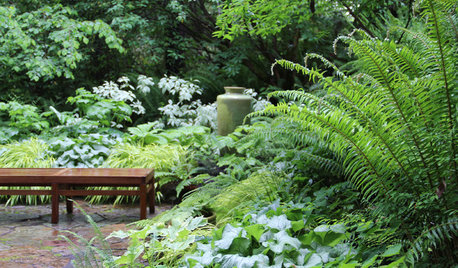
GARDENING GUIDESGreat Design Plant: Western Sword Fern Adds Prehistoric Drama
For distinctive looks and easy care in a shade garden, go for North American native Polystichum munitum
Full Story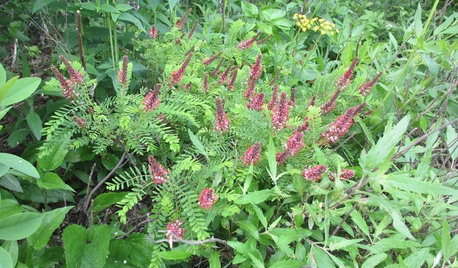
GARDENING GUIDESGreat Design Plant: Amorpha Nana
Plant this tough, short shrub in fall to enjoy a gorgeous floral display and aroma in spring and summer
Full Story
PLANTING IDEASWant a More Colorful, Natural Garden? Try a Perennial Meadow
Spend less time tending and more time taking in the sights by improving on Victorian and prairie garden designs
Full StorySponsored






joepyeweed
linroseOriginal Author
Related Professionals
Graham Landscape Architects & Landscape Designers · Washington Landscape Architects & Landscape Designers · Bloomington Landscape Contractors · Commack Landscape Contractors · El Sobrante Landscape Contractors · Farmington Landscape Contractors · Flagstaff Landscape Contractors · Lorain Landscape Contractors · Medford Landscape Contractors · Mount Kisco Landscape Contractors · Riverhead Landscape Contractors · The Woodlands Landscape Contractors · Suisun City Landscape Contractors · Aberdeen Decks, Patios & Outdoor Enclosures · Blue Springs Decks, Patios & Outdoor Enclosuresjoepyeweed
katob Z6ish, NE Pa
linroseOriginal Author
froggy
linroseOriginal Author
joepyeweed
linroseOriginal Author
froggy
linroseOriginal Author
froggy
bob64